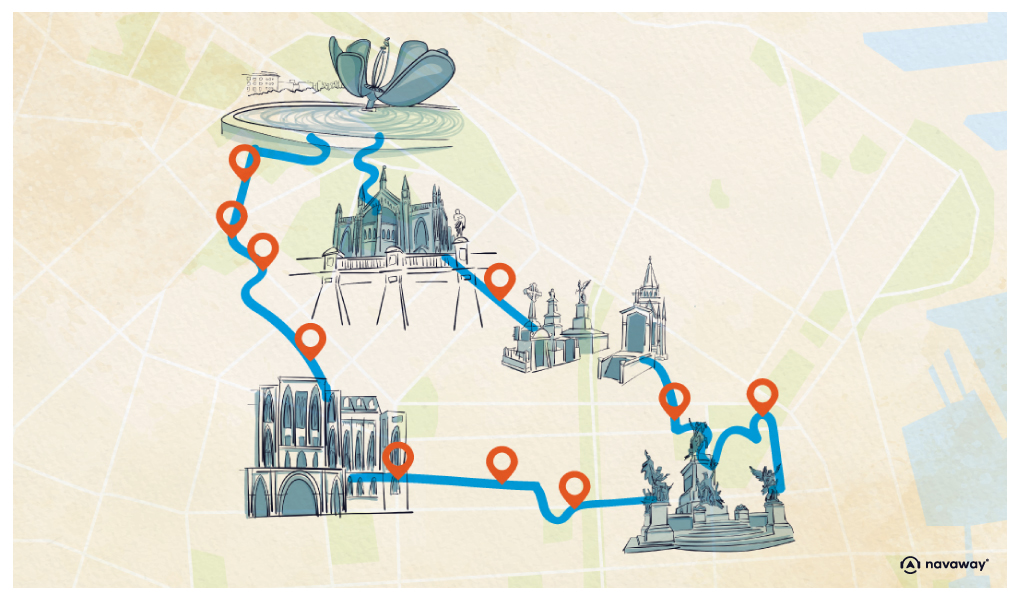
Recoleta Cemetery
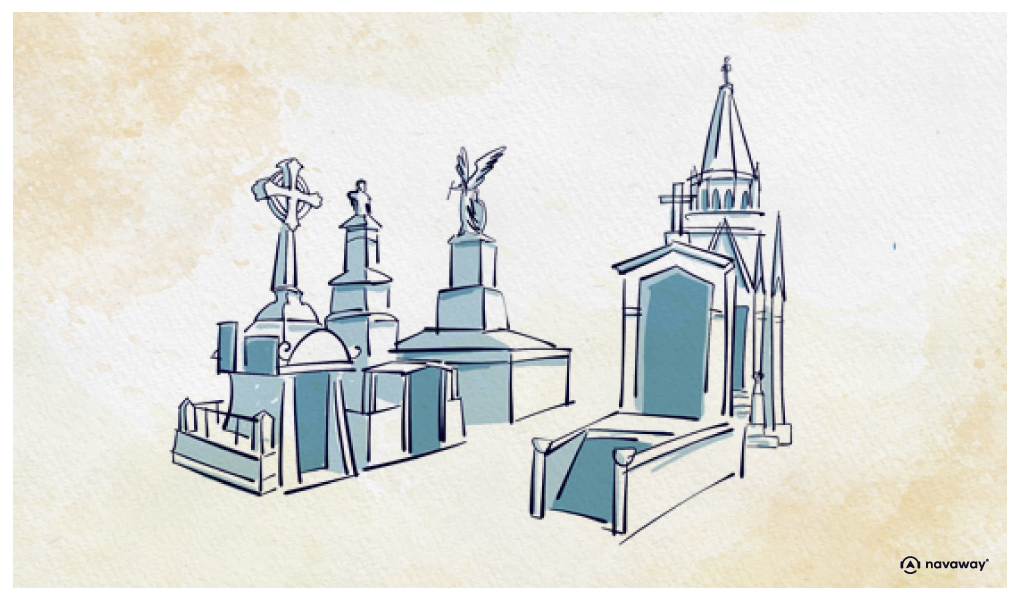
This point of interest is available as audio on the tour: Visit Buenos Aires, A stroll through the city’s beautiful neighborhoods
The Recoleta Cemetery is the real highlight of this neighborhood. This miniature city, a living art museum of awe-inspiring tombs, has quickly become one of the city’s must-sees. Back when Recoleta belonged to the Recollect monks, there was a small graveyard here, known as the Cementerio del Norte. In 1822, when the city claimed the area, the government commissioned two French architects, Prosper Catalin and Pierre Benoit, to build a new cemetery. This was groundbreaking, as it was the first cemetery owned by the state rather than a religious congregation as was normally the case. The city’s elite rushed to buy plots here to be buried among their own, away from the common folk in church cemeteries. The new cemetery was all the rage at the turn of the century! So much so, in fact, that its perimeter walls had to be extended twice. Think of it as the Père-Lachaise cemetery in Paris. You can wander freely to admire the mausoleums and pay your respects to the great figures who lie buried here. The cemetery is home to 4,691 tombs, 90 of which are listed as historical monuments! These are real masterpieces, and the tales told about them are endless. Take, for example, the tomb of Salvador del Carril, the country’s former vice-president. You can see two sculptures, one of him and one of his wife, standing back to back! Legend has it that, one fine day, Salvador del Carril, fed up with his wife’s reckless spending, decided to pull the rug out from under her, banning all merchants in Buenos Aires from selling anything to her. They say that she was furious and never spoke to him again. To everyone’s surprise, when her husband died, she had this beautiful mausoleum built in his honor. But here’s the twist: she erected a sculpture of her husband seated in an armchair, facing forward, while she, with a stern expression on her face, looks the other way, literally turning her back on him forever. But the most captivating tale is that of Evita. Her modest tomb is the most visited in the cemetery. She was the most beloved first lady in the country’s history and she single-handedly embodied Argentina’s thirst for social justice. When she tragically passed away from cancer at the young age of 33, Argentina was in shock. Her body was embalmed and put on display at the CGT headquarters, where she had fought all her battles to defend the rights of her people. After the military coup that overthrew President Perón, her remains were desecrated and then hidden, for they had become a symbol of resistance. The regime, fearing her power, even issued a decree forbidding anyone from uttering her name. The Catholic military junta did not dare destroy her corpse, so they secretly handed it over to the Vatican. Thirteen years later, her husband Juan Perón, then living in exile in Madrid, would finally recover her remains. Perón returned from exile in 1973, after the end of the first dictatorship of the Argentine Revolution, which preceded the 4 military regimes that followed between 1976 and 1983. He was re-elected President of the Republic and died 9 months later. His second wife, Isabel, picked up the torch and, in a fit of patriotism, she brought Evita’s body home, so that she could rest in peace in her family tomb. Since the economic crisis that followed the COVID-19 pandemic, admission is no longer free, and you will be asked to pay an entrance fee to explore the famous Recoleta Cemetery.

If you have a bit more time...
Discover other tours to visit Buenos Aires

Discover Buenos Aires with app
An interactive guide through the most beautiful streets, squares, and districts
21 fun audioguides full of historical facts, anecdotes, and legends
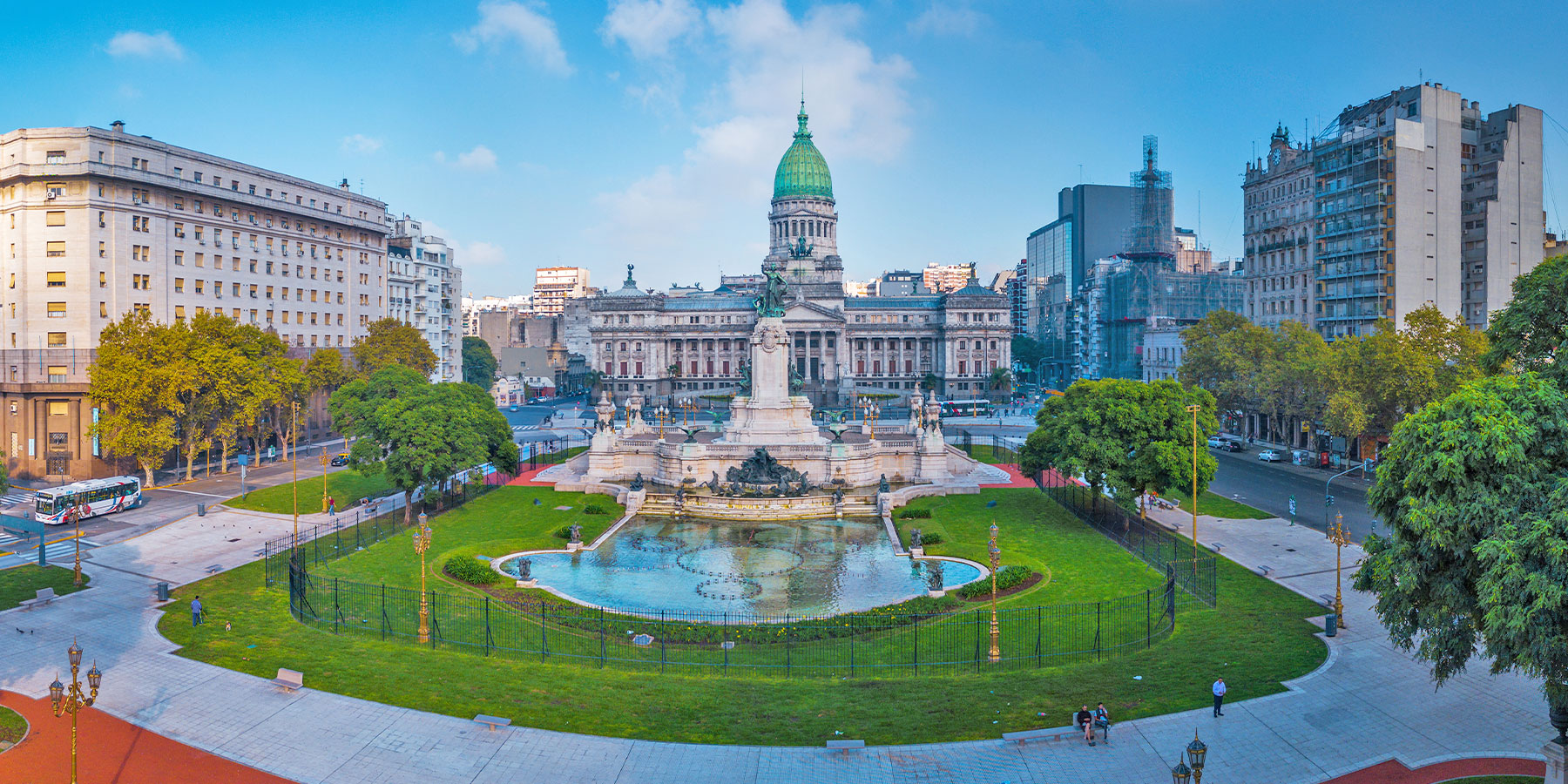
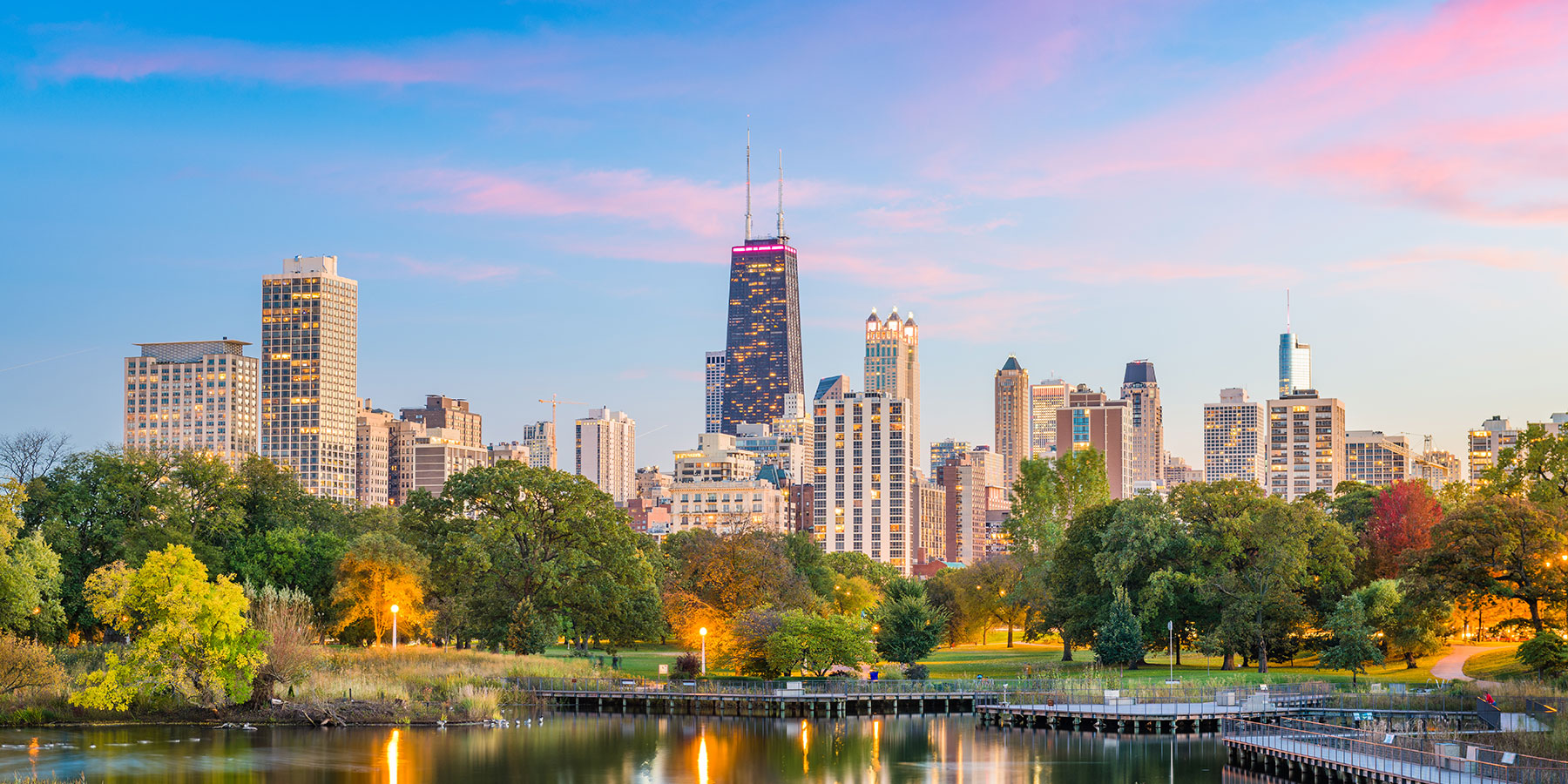
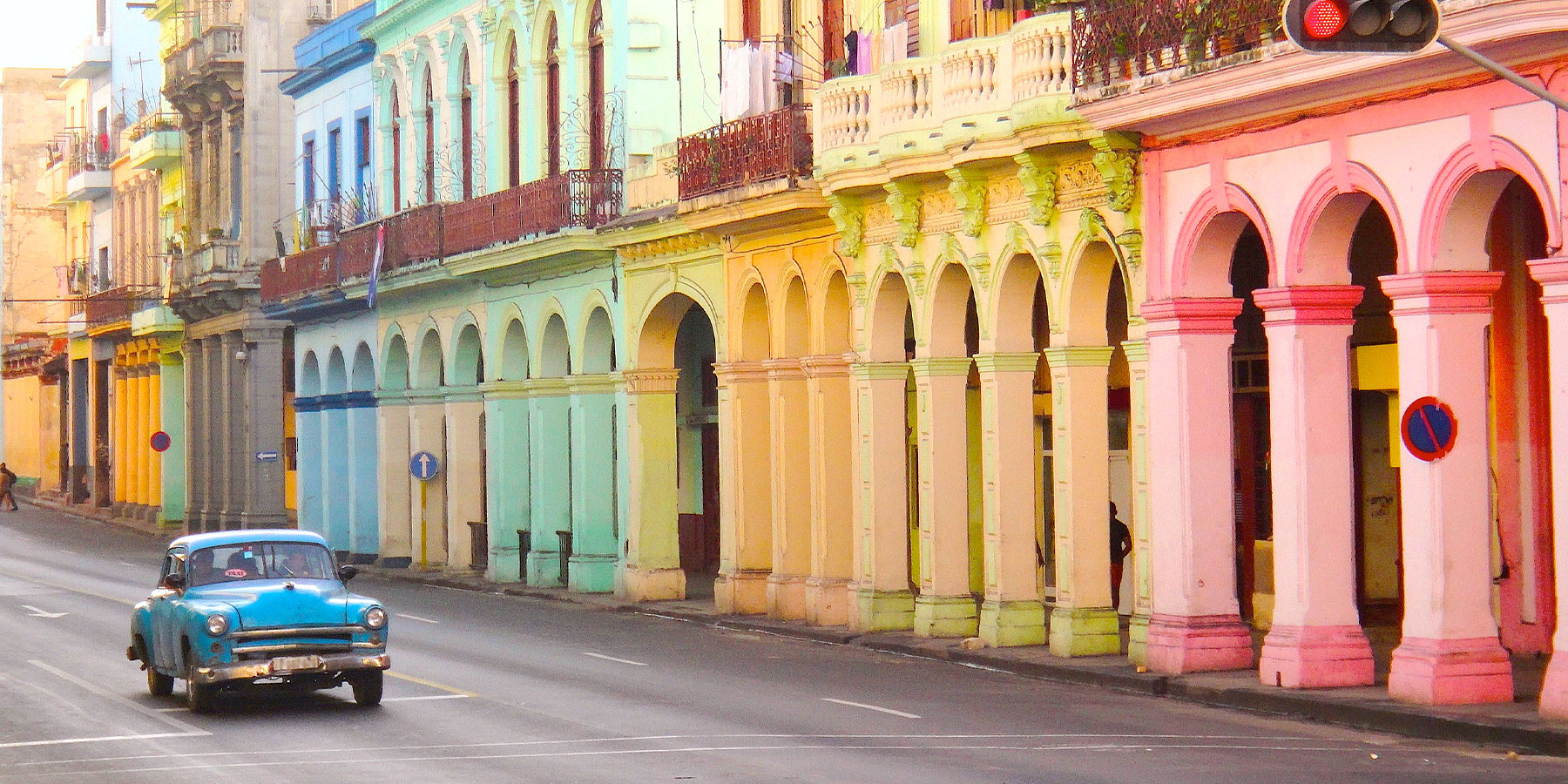
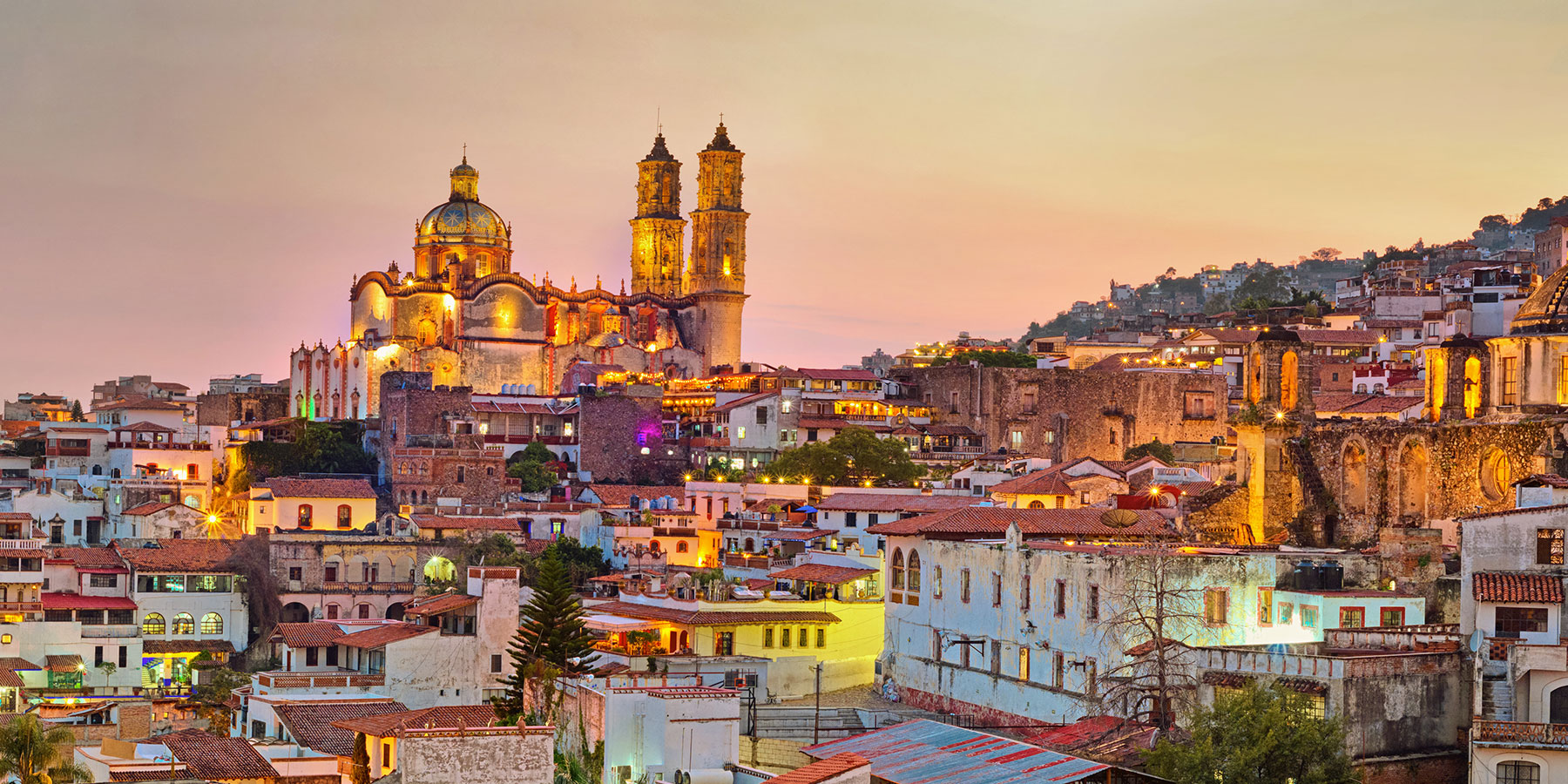


Comments